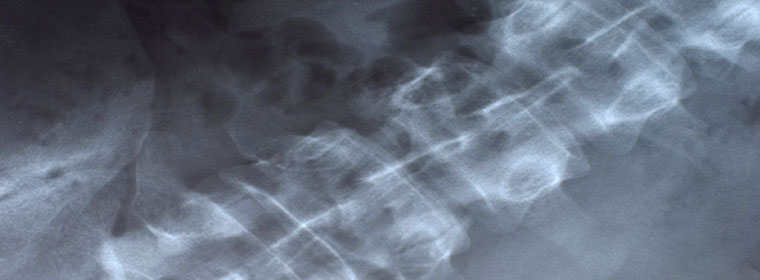Anterior Cervical Discetomy

What is an anterior cervical discectomy?
Anterior cervical discectomy is a surgical procedure to remove discs and bone spurs in the cervical spine to decompress or remove pressure on the spinal cord or cervical nerve roots.
To get to these areas, the surgeon has to dissect a plane through the tissues of the neck down to the spine. Some of these dissected structures include the esophagus, the trachea, the carotid artery and the jugular vein. Once at the disc space, various surgical instruments and drills are used to remove the discs and bone spurs — usually under magnified vision. The surgeon has to be extremely careful to protect the neural structures from injury during this part of the surgery. Once the decompressions have been completed, the reconstruction and stabilization of the spine involves the use of bone grafts and metal screws and plates.
Anterior cervical discectomy and medical negligence
Anterior cervical discectomy is one of the most commonly performed surgical procedures and the number of levels of disc surgery done at any one time may be variable depending on the extent of disease and the limitations imposed by patient safety requirements.
There are numerous complications that can occur during an anterior cervical disectomy and during the postoperative period. Some of these complications are “known complications” that can occur without negligence, while other complications are “known complications” that are likely or at least partly due to negligence or malpractice. Various case reports will be presented to illustrate these situations.

